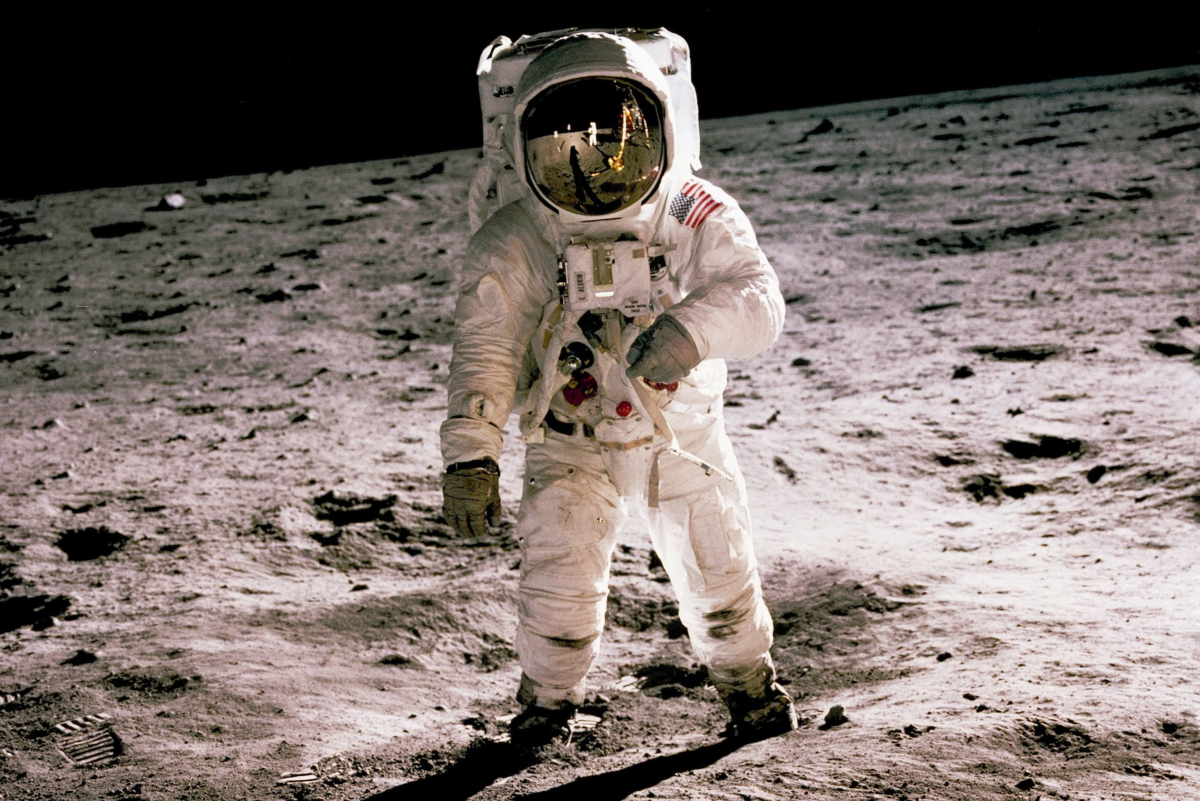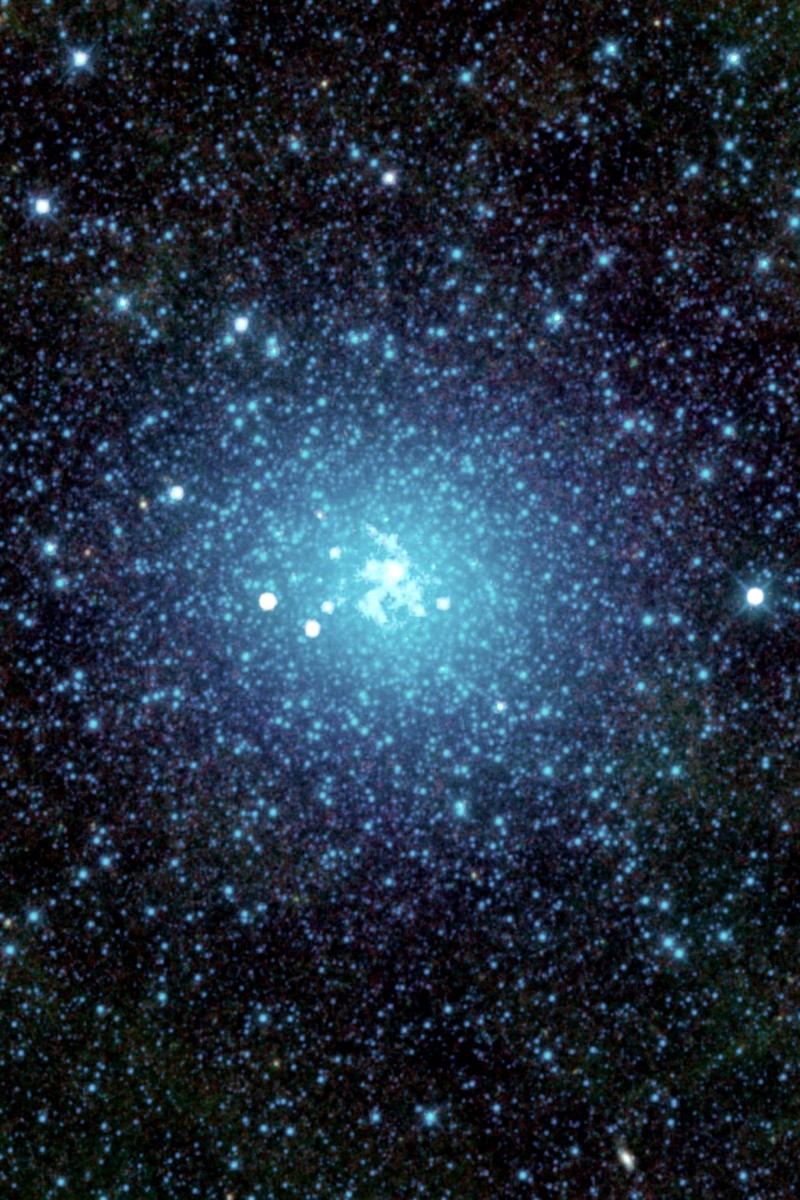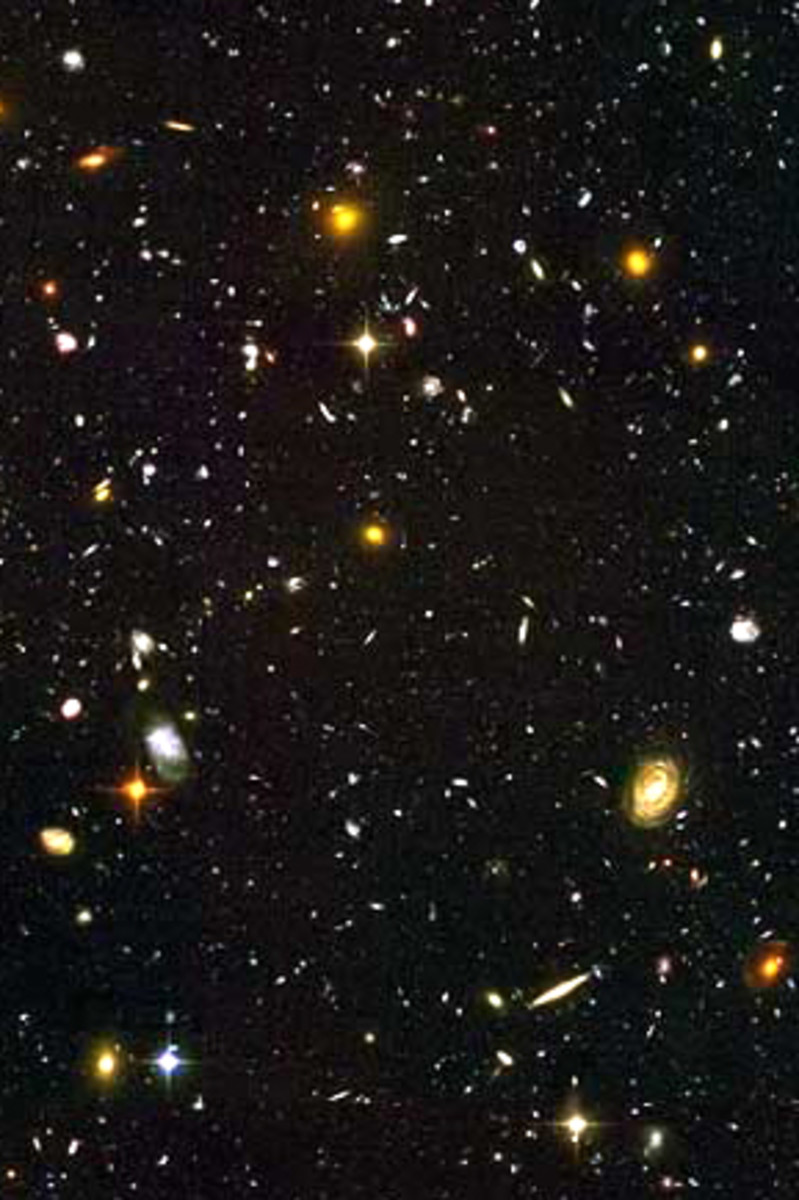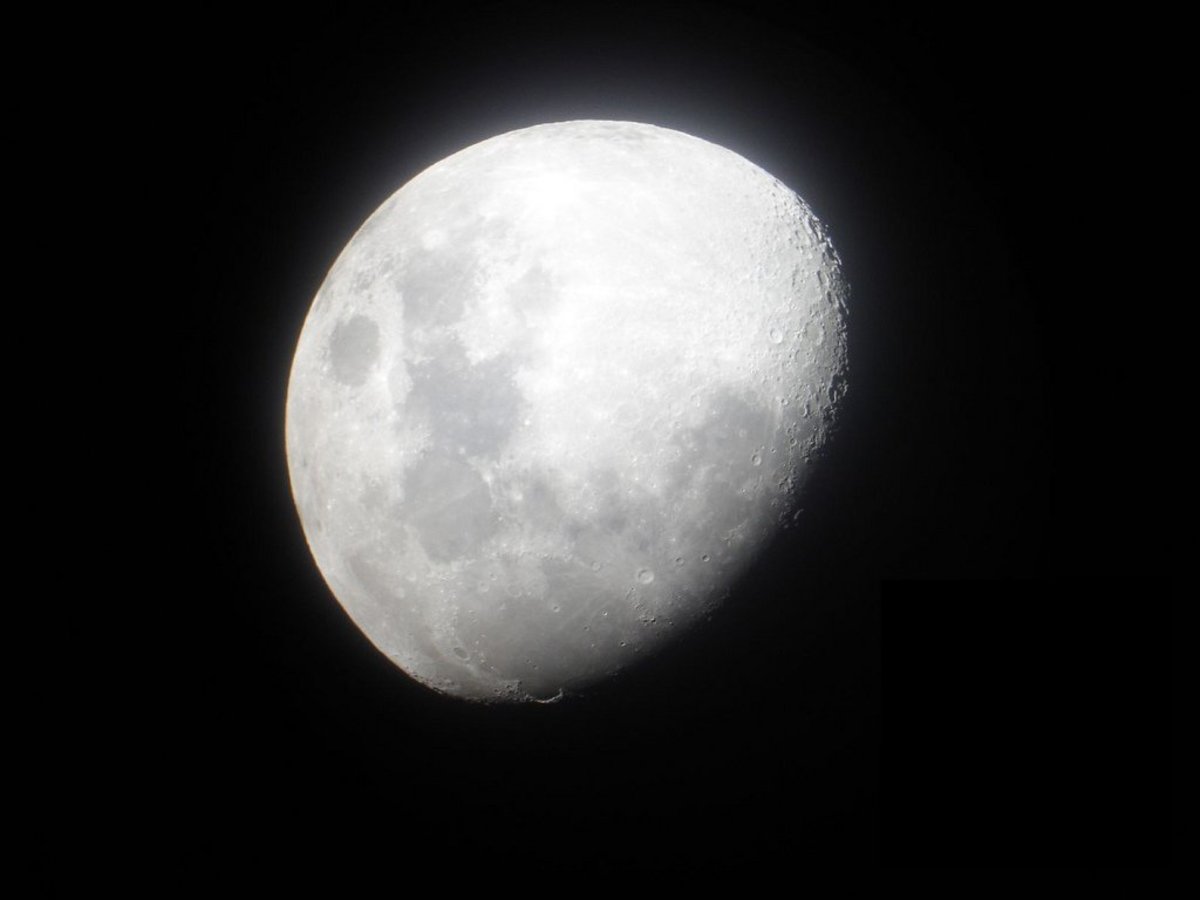Lets Learn A Bit About Astronomy
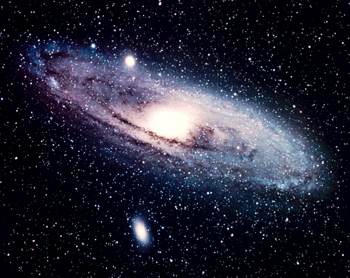
Look – Up in the Sky!
When television was young, there was a hugely popular show based on the still popular fictional character of Superman. The opening of that show had a familiar phrase that went, “Look. Up in the sky. It’s a bird. It’s a plane. It’s Superman!” How beloved Superman has become in our culture and the worldwide fascination with extraterrestrials and all things cosmic only emphasizes that there is a deep curiosity in all humans about nature and astronomy, even if many people would not know to call it astronomy.
Astronomy is one of the oldest sciences of all time. When archeologists unearth ancient civilizations, even as far back as the cavemen, they invariably find art that shows mans unquenchable fascination with the stars. To this day, you can easily get an animated discussion at any gathering on the topic of “Is there intelligent life on other planets?”
Many have tried to explain mankind’s seeming obsession with outer space as a result of an ancient memory or as part of mankind’s eternal nature. Whatever the cause, people of every age and every nation share this one deep interest, to know more about the universe that our tiny planet is just a part of.
It’s rather strange because the actual conduct of a serious student of astronomy is really not the stuff of high adventure. You will never see a “Raiders of the Lost Arc” or “Jurassic Park” movie made about an astronomer. Excitement for lovers of this science is to stay up all night watching the cosmos through a powerful telescope. But that fact does not seem to discourage the tens of thousands to get into astronomy each year and the huge interest worldwide with the stars, the planets and the universe.
There may be no other universal human fascination that does so much to make national boundaries and even international animosity seem to evaporate. Other than the Olympic movement, international cooperation to achieve great strides for human kind in space seems to go forward without interruption even when the nations cooperating in those projects are virtually at war back on the surface of the earth. It is a strange thing to watch as Russian, American and other astronauts work together like brothers on space missions even as their home nations are busily pointing missiles at each other back at home. It almost makes you think that we should put more energy and money into the space program, not less because it seems to be a bond that heals tension rather than creates it.
Why is astronomy so exciting even though we have no dinosaurs, moving animals or any real danger to most who are obsessed with the discipline? It may go back to a basic curiosity that all human beings have about their natural habitat and this big mysterious thing out there called space. Maybe it goes back to that old saying at the beginning of Star Trek that space is “the final frontier”.
But we all share that ongoing sense of excitement each time we take out our telescopes and gaze directly at the cosmos above us. We feel we are looking at the very dawn of time. And in light of the issues with the speed of light which means that many of the twinkling stars out there are really light from those stars that started their journey to us thousands of years ago, we are in actually looking directly at the past every time we direct our eyes skyward.
But we don’t have to worry about ever conquering the final frontier and finding our curiosity satisfied. There will always be more to learn and discover in the world of astronomy. And it is likely that mankind’s curiosity about astronomy is just as limitless as well.
Moon Fever
Of all of the celestial bodies that capture our attention and fascination as astronomers, none has a greater influence on life on planet Earth than it’s own satellite, the moon. When you think about it, we regard the moon with such powerful significance that unlike the moons of other planets which we give names, we only refer to our one and only orbiting orb as THE moon. It is not a moon. To us, it is the one and only moon.
The moon works its way into our way of thinking, our feelings about romance, our poetry and literature and even how we feel about our day in day out lives in many cases. It is not only primitive societies that ascribe mood swings, changes in social conduct and changes in weather to the moon. Even today, a full moon can have a powerful effect on these forces which we acknowledge even if we cannot explain them scientifically.
The most obvious physical phenomenon that is directly affected by the gravity of the moon are the tides of the ocean. The tides are an integral part of how maritime life is regulated and the comings and goings of the fishing world in coastal communities. But not very many people know that at certain times of the year when the orbits of the earth bring the sun and moon into right alignment, there can even be tidal effect on inland bodies of water and even on the solid earth. Eons ago, when the moon’s orbit was closer to the Earth, it was the effect of the moon that caused massive changes in the topography of the land and on continental drift as well. This reflects the powerful effect the moon has had on both human history and on global geographical history as well.
You may sometimes wonder where the moon came from. Was it a planet that traveled too close to Earth and was captured in our orbit? Actually, the prevailing theory of modern science is that the moon was the result of a large scale collision with the still developing Earth early in its development which caused this large “chuck” to spin off into an orbiting body. This explains the similarity in composition as has been confirmed by many of the moon exploratory space missions that were conducted by NASA.
But this background also highlights another important influence the moon has had on Earth’s development that is seldom recognized and that is the stabilization of Earth’s orbital pattern. Most know that Earth is not round but more of an egg shaped orb. To be blunt, the Earth would wobble. Without the moon’s stabilizing influence, this shape would shift dramatically so the tilt of the axis, that is the polar caps would shift dramatically with each seasonal rotation producing climacteric, changes much more violent and drastic than we are used to. It is possible that life as we know it could not have developed here had the moon not been there to “keep the Earth in line” and continue to stabilize the orbital position of the Earth so our climate could remain stable and mild.
A third significant influence of the moon comes from that origin as coming from a collision which “ripped” the body of the moon from the developing core of the Earth. Because of this disruption in how the core of our planet developed, the metals that are usually intact in the core of the planet are actually scattered up and down the geography of the earth in diverse ways. Usually the metals of the planet are all concentrated deep in the core. But because of the collision which took the moon out to orbit, metals that have been crucial to the development of our industrial and technological cultures are readily available and easy for use to mine. This again, is something we can thank the presence of that lovely moon in the sky for.
Astronomy or Astrology?
Have you ever finally just gave in to the temptation and read your horoscope in the newspaper on Sunday morning? Sure, we all have. For most of us, it’s a curiosity, an amusement to see what they say our day will be like based on the sign of the zodiac that we were born under. Sometimes we forget that this little diversion is actually part of an ancient science called astrology that has had a powerful effect on many cultures dating back to centuries before Christ.
That is not to say that astrology is a dead art today. It is easy to find astrology advocates in every town, advertising in the newspaper and on television trying to convince us that they can tell our fortune, our future and help cure our ills by exploring the mysteries of astrology.
When you are a lover of astronomy, the confusion between astronomy and astrology by those who don’t really understand the differences can get pretty aggravating. And in early civilizations, the two disciplines were not separate. Astrology was just the religious side of the science of astronomy. So what changed?
The most significant shift that set in motion the separation of the two lines of thought began in the first century when Ptolemy wrote the very first book on astronomy called the Tetrabiblos. In it, he began to suggest that astronomy should be considered a separate science from astrology. It was quite a revolutionary book because it also was the first scientific document to suggest that the earth was not the center of the universe and that astronomy should be focused strictly on the observation and recording of events in the cosmos.
Over the next 2000 years, we have come a long way. Not only has science and religion completely gone their separate ways since Ptolemy but the science of astronomy makes tremendous strides every year that are so phenomenal, Ptolemy would be truly astounded.
Probably the biggest point of diversion between a student of astrology and astronomy is the belief that the position of the stars has meaning over the events on our lives. Of course, we do know that the weather and tides and other important aspects of our lives are affected by the stars, planets and heavenly bodies, particularly the moon. But these things are happening because of completely explainable scientific laws in motion, not because of mystical forces at work.
What can we, as devotees of astronomy conclude about the close relationship between astrology and astronomy? Well, for sure we want to be able to explain to anyone who is confused by the similarity in the words what the differences are. We do not want to see the two approaches to the stars and planets to become confused again. But we should do all we can do keep that distinction clear without becoming skeptical or demeaning towards those who may still hold to the teachings of astrology.
It is important to remember that what is part of a person’s religious life has a level of sacred belief to the one holding it. And it is not respectful to scoff at such things. If for no other reason than out of respect for the ancient origins of astronomy, we should give courtesy who still are exploring whether astrology has any validity for them.
If we can treat each discipline with respect but maintain the separation that must exist between astrology and astronomy, there is no reason both approaches to our admiration of the galaxies cannot coexist in peace and harmony. And for our purposes as astronomers, that harmony will allow us plenty of freedom to enjoy our quest for knowledge for many more centuries to come. And who knows, you might still like to read the horoscope on Sunday
How to Look Up
The beauty of astronomy is that anybody can do it. From the tiniest baby to the most advanced astrophysicist, there is something for anyone who wants to enjoy astronomy. In fact, it is a science that is so accessible that virtually anybody can do it virtually anywhere they are. All they have to know how to do is to look up.
It really is amazing when you think about it that just by looking up on any given night, you could see virtually hundreds of thousands of stars, star systems, planets, moons, asteroids, comets and maybe a even an occasional space shuttle might wander by. It is even more breathtaking when you realize that the sky you are looking up at is for all intents and purposes the exact same sky that our ancestors hundreds and thousands of years ago enjoyed when they just looked up.
There is something timeless about the cosmos. The fact that the planets and the moon and the stars beyond them have been there for ages does something to our sense of our place in the universe. In fact, many of the stars we “see” with our naked eye are actually light that came from that star hundreds of thousands of years ago. That light is just now reaching the earth. So in a very real way, looking up is like time travel.
Everybody knows how to look up. Children first discover the amazing light show on display for free every clear night by just looking up. You can probably remember that very first time you noticed that explosion of stars above you when you were a child. Now it is time to foster that same love of astronomy in your own children. You have to teach them how to look up.
While anyone can look up and fall in love with the stars at any time, the fun of astronomy is learning how to become more and more skilled and equipped in star gazing that you see and understand more and more each time you look up. Here are some steps you can take to make the moments you can devote to your hobby of astronomy much more enjoyable.
* Get out of town. The furtherest you can get from the lights of the city, the more you will see in the night sky.
* Know what you are looking at. It is great fun to start learning the constellations, how to navigate the night sky and find the planets and the famous stars. There are web sites and books galore to guide you.
* Get some history. Learning the background to the great discoveries in astronomy will make your moments star gazing more meaningful. It is one of the oldest sciences on earth so find out the greats of history who have looked at these stars before you.
* Get a geek. Astronomy clubs are lively places full of knowledgeable amateurs who love to share their knowledge with you. For the price of a coke and snacks, they will go star gazing with you and overwhelm you with trivia and great knowledge.
* Know when to look. Not only knowing the weather will make sure your star gazing is rewarding but if you learn when the big meteor showers and other big astronomy events will happen will make the excitement of astronomy come alive for you.
And when all is said and done, get equipped. Your quest for newer and better telescopes will be a lifelong one. Let yourself get addicted to astronomy and the experience will enrich every aspect of life. It will be an addiction you never want to break.
Beyond the Naked Eye
It’s hard to say when in our lives each of us become aware of this thing called “astronomy”. But it is safe to say that at some point on our lives, each and every one of us has that moment when we are suddenly stunned when we come face to face with the enormity of the universe that we see in the night sky. For many of us who are city dwellers, we don’t really notice that sky up there on a routine basis. The lights of the city do a good job of disguising the amazing display that is above all of our heads all of the time.
So it might be that once a year vacation to a camping spot or a trip to a relative’s house out in the country that we find ourselves outside when the spender of the night sky suddenly decides to put on it’s spectacular show. If you have had that kind of moment when you were literally struck breathless by the spender the night sky can show to us, you can probably remember that exact moment when you could say little else but “wow” at what you saw.
That “Wow” moment is what astrology is all about. For some, that wow moment becomes a passion that leads to a career studying the stars. For a lucky few, that wow moment because an all consuming obsession that leads to them traveling to the stars in the space shuttle or on one of our early space missions. But for most of us astrology may become a pastime or a regular hobby. But we carry that wow moment with us for the rest of our lives and begin looking for ways to look deeper and learn more about the spectacular universe we see in the millions of stars above us each night.
To get started in learning how to observe the stars much better, there are some basic things we might need to look deeper, beyond just what we can see with the naked eye and begin to study the stars as well as enjoy them. The first thing you need isn’t equipment at all but literature. A good star map will show you the major constellations, the location of the key stars we use to navigate the sky and the planets that will appear larger than stars. And if you add to that map some well done introductory materials into the hobby of astronomy, you are well on your way.
The next thing we naturally want to get is a good telescope. You may have seen a hobbyist who is well along in their study setting up those really cool looking telescopes on a hill somewhere. That excites the amateur astronomer in you because that must be the logical next step in the growth of your hobby. But how to buy a good telescope can be downright confusing and intimidating.
Before you go to that big expense, it might be a better next step from the naked eye to invest in a good set of binoculars. There are even binoculars that are suited for star gazing that will do just as good a job at giving you that extra vision you want to see just a little better the wonders of the universe. A well designed set of binoculars also gives you much more mobility and ability to keep your “enhanced vision” at your fingertips when that amazing view just presents itself to you.
None of this precludes you from moving forward with your plans to put together an awesome telescope system. Just be sure you get quality advice and training on how to configure your telescope to meet your needs. Using these guidelines, you will enjoy hours of enjoyment stargazing at the phenomenal sights in the night sky that are beyond the naked eye.
Dude, You’re Getting a Telescope!
You might remember the Dell computer commercials in which a youth reports this exciting news to his friends that they are about to get their new computer by telling them, “Dude, you’re getting a Dell!” It was a cute series but it reflects the excitement young people get about anything new, particularly if it’s a new machine.So when its time to finally get your children that very first telescope, you want to make sure it’s just the right thing. There are a number of reasons you should put some serious thought into just what this beginner telescope should look like. Perhaps this will be your children’s first experience with a real telescope. They may have a healthy and thriving love of astronomy from your family trips to the country to watch a meteor shower or just to gaze at the stars. And you may have piqued their interest showing them how to enhance the experience with binoculars or even letting them play with your telescope.But this is a big moment. You want them to “bond” with this first telescope the way you did and catch the excitement of using the power of a telescope to do things with their love of astronomy that they could never do before. The reasons for taking care with your choice are many including…* A telescope is a big step into the lifelong hobby of astronomy. If they get the wrong thing, frustration could make them lose interest both in the machine and in the field of study.* Kids have a short attention span. You want this beginner telescope to take them from where they are to the next level while giving them those gratifying moments discovering new things in the stars every time they use it. * It has to be a hardy piece of equipment. Kids don’t always know how to treat delicate equipment. So the starter telescope should have some good “training wheels” on it.* It has to be their teacher even when they don’t know they are in school. A good beginner telescope, accompanied by some stimulating documentation that is written just for kids will stimulate their excitement and use it to teach them to work hard to reach new heights in their quest for knowledge about the stars.A lot about how you go about getting this first telescope will depend on your own expertise in astronomy. If it is your passion and you have developed a pretty sophisticated knowledge about telescopes over the years, you not only are well equipped to make this choice but you will be there to guide them as they begin to use it.But if you are just encouraging them in a wonderful hobby that you yourself have not been involved with in depth, first of all, congratulations. You are giving them a wonderful gift of not only knowledge but the love of astronomy and the natural wonder of nature. But you also need some help. So here are some quick guidelines.* Find the astronomy geeks. They are easy to find in hobby shops, astronomy clubs and societies at the local college. They will help you enthusiastically.* Look at the telescope you are considering through their eyes. It should not be too complex. Don’t get something that will intimidate them.* Don’t buy a toy. Your kids will know the difference.* Make sure it can grow and be expanded as their knowledge expands.If you put some wise consideration into just the right starter telescope, your kids will be as excited they have ever been for a gift. Don’t be surprised if you hear one of them squeal, “Dude, you got a telescope!”
Astronomy with Binoculars – A Great Alternative
It seems from the moment you begin to take your love of astronomy seriously, the thing that is on your mind is what kind of telescope will you get. And there is no question, investing in a good telescope can really enhance your enjoyment of your new passion in astronomy. But don’t be too hasty to keep up with the big wigs in the astronomy clubs that have advanced telescopes. There is another alternative that can give you most of the advantages of a telescope and some extra flexibility and reduced cost to boot.
That alternative is a good pair of astronomy binoculars. Mostly we think of binoculars as the thing you use to see the football game when you have to sit in the cheap seats. But if you do some homework and had a good grasp on what your stargazing objectives are, the advantages of astronomy binoculars over an entry level telescope can be pretty convincing.
* As a rule, they are cheaper. So you can get a lot of good stargazing at much less of an investment. You can always spend more money later but for now, this may be just the solution for you.
* There are not so many accessories. To own and operate a telescope takes a lot of orientation to how to set up and use the device. Beyond that, tuning it for optimum view and diagnosing it when you have problems can sometimes make the telescope more of the passion than stargazing itself.
* It is much easier to use. If you have not bought a telescope yet, you may have seen telescope owners going through a laborious set up and break down discipline for each use. This is time they are not looking at the stars. The binocular users are happily stargazing as this goes on.
* Binoculars are lightweight and portable. Unless you have the luxury to set up and operate an observatory from your deck, you are probably going to travel to perform your viewings. Binoculars go with you much easier and they are more lightweight to carry to the country and use while you are there than a cumbersome telescope set up kit.
So give the binocular option some consideration. To make the most effective choice, however, here are a few facts about astronomy binoculars that will help you evaluate which ones are best for you…
Binoculars have two lens sets, one at the end of the eyepiece and a set right next to your eyes. The ones closest to the eye are called the ocular lenses which magnify the image (make it bigger). The ones closest to the sky are called the objective lenses and the size of these lenses will determine how much sky you can see at once. So anytime you are evaluating binoculars, there are two numbers associated with the set. So if the binoculars have a rating of 15-40, that means that the ocular lenses magnify 15 times and the later number is a relative number to how much of the sky you can see. The higher the second number, the more you can see. The explanation is simple. The bigger the lens, the more light it lets in. But be aware that the bigger the second number, the larger, heavier and more cumbersome the binoculars will be.
You will have to balance these two numbers with both your budget and what you want the binoculars to do for you. If you decide to go with a lower power binoculars, you could become frustrated with what you can see and you may have to take your eyes away from the view to get your orientation and consult the star map more often because your range of vision is so limited.
There will also be a temptation to buy a set of binoculars that have zoom functions and other features that will allow you to use it for other purposes such as hunting, whale watching or seeing the football game from the cheap seats. While this is good economy, those functions will get in the way when you are using the binoculars for astronomy. So if you are considering this purchase as your alternative to buying a telescope, our advice is buy binoculars made just for astronomy and don’t take them to the ball game.
Bonding with the Universe.
As parents, we often worry about what our children are getting excited about. We hope we can guide them to “bond” with healthy things like a love of learning, of family and of healthy social activities. But we also worry they will bond with the wrong people like internet stalkers or the wrong crowd at school. Wouldn’t it be great if we could harness that tremendous energy and desire to latch onto something and bond with it and help our children “bond” with the universe through a love of astronomy?
Kids love to get excited about what you are excited about. So there lots of ways you can “spring” the fun of astronomy on them that will jump start them on a long and happy exploration of the hobby of astronomy. Here are a few to get your imagination going.
* Work it into an evening in the backyard. If you know the night sky will be particularly exciting the night of a big family barbecue, plan to have some blankets out there. Then as everybody else is playing Frisbee, just lay out a blanket, lay flat on your back and start staring up into the sky with a binoculars. Like the old prank of staring at a far away spot to get people’s interest, your kids will see what you are doing and what to know what is going on. As you let them take a peek, their curiosity will take off like a wild fire and they are hooked.
* A surprise visit to the country. Sometimes it is hard to see the vast display of stars from within the city. So if you announce that you are going to show them a surprise one night and have them pile into the car, their curiosity will be going wild as you leave the city. When you find that quiet park, field or lake side spot, all you have to do is point up and say “just look” and the magnificence of the night sky will do the rest.
* A special Christmas gift. You can buy your children an affordable and durable beginner’s telescope along with some easy star maps written just for kids. Imagine when they open this exciting gift and want to know how to use it. Don’t be surprised if you are setting up the new telescope in the snow to show them the great things they will see in the cosmos with the gift that Santa wanted them to have. The gift of astronomy.
* Unleash the power of a meteor shower on them. You can keep your eye on the events that are predicted for the sky watchers in your area. When the next big meteor shower is about to explode over your area, watch the weather for a clear night and get your kids excited about what they are about to see. As the lights begin to go off over head and you create fun and interesting narration to this dramatic display, the children will be addicts for life for the great experiences that can be had as students of astronomy.
* Plan a surprise event in with something you are already doing. For example, on vacation, you can plan your route on a cross country trip to bring you within visiting distance of one of the great multimillion dollar telescopes in this country. By contacting them ahead of time, you can be sure they are conducting a tour that coincides with your visit. Just imagine if they can look up at a telescope that is bigger than their house and maybe look through the eyepiece as some amazing cosmic sight, it will be the hit of the vacation.
Astronomy is a great activity to introduce on a family camping trip. As the family sits around the fire after a fun night of camping, all you have to do is just look up and go “Wow, look at that!” When those little heads look up, they will look back down changed children, children in love with the stars.
Astronomy is a healthy passion for your kids and one they can grow with their entire lives. And there is probably no better gift you can give them than the love of the stars, of science and of nature that is all wrapped up together when your kids bond with the universe through astronomy.
Comets - Visitors From Beyond.
The one thing we love the most in the world of astronomy is a good mystery. And if there was ever a mysterious and yet very powerful force of nature that we witness in the night skies, it is the coming of the mighty comet.
The arrival of a comet within view of Earth is an event of international importance. Witness the huge media attention that the Haley or Hale-Bopp have had when they have come within view The sight of these amazing space objects is simultaneously frightening and awe inspiring.
Above all, it is during these comet viewings that the astronomer comes out in all of us. But what is a comet? Where did it come from? And how does it get that magnificent tail?
We should never confuse comets with asteroids. Asteroids are small space rocks that come from an asteroid belt between Mars and Jupiter. While still quite stunning to see, they pale in comparison to the arrival of a comet. Asteroids also have received considerable study by the scientific community.
Not as much is known about comets. As a rule, comets are considerably larger than asteroids. The composition of a comet is a mixture of nebulous, gasses, ice, dust and space debris. One scientist called the composition of a comet as similar to a “dirty snowball” because the composition is so diverse and changeable. The center or nucleus of a comet is usually quiet solid but the “snowball” materials often create a “cloud” around that nucleus that can become quite large and that extends at great lengths behind the comet as it moves through space. That trailing plume is what makes up the comet’s magnificent tail that makes it so exciting to watch when a comet comes within view of Earth.
The origins of comets is similarly mysterious. There are a number of theories about where they come from but it is clear that they originate from outside our solar system, somewhere in deep space. Some have speculated they are fragments left over from the organization of planets that get loose from whatever gravitational pull and are sent flying across space to eventually get caught up in the gravity of our sun bringing them into our solar system.
Another theory is that they come from a gaseous cloud called the Oort cloud which is cooling out there after the organization of the sun. As this space debris cools, it gets organized into one body which then gathers sufficient mass to be attracted into the gravity of our solar system turning into a fast moving comet plummeting toward our sun. However, because of the strong gravitational orbits of the many planets in our solar system, the comet does not always immediately collide with the sun and often takes on an orbit of its own.
The life expectancy of comets varies widely. Scientists refer to a comet that is expected to burn out or impact the sun within two hundred years as a short period comet whereas a long period comet has a life expectancy of over two hundred years. That may seem long to us as earth dwellers but in terms of stars and planets, this is a very short life as a space object indeed.
Scientists across the globe have put together some pretty impressive probes to learn more about comets to aid our understanding of these visitors from beyond. In 1985, for example, the United States put a probe into the path of the comet Giacobini-Zinner which passed through the comets tail gathering tremendous scientific knowledge about comets. Then in 1986, an international collation of scientists were able to launch a probe that was able to fly close to Haley’s comet as it passed near Earth and continue the research.
While science fiction writers and tabloid newspapers like to alarm us with the possibility of a comet impacting the earth, scientists who understand the orbits of comets and what changes their paths tell us this is unlikely. That is good because some comets reach sizes that are as big as a planet so that impact would be devastating. For now, we can enjoy the fun of seeing comets make their rare visits to our night sky and marvel at the spectacular shows that these visitors from beyond put on when they are visible in the cosmos.
Asteroids
There is a lot of exciting stuff going on in the stars above us that make astronomy so much fun. The truth is the universe is a constantly changing, moving, some would say “living” thing because you just never know what you are going to see on any given night of stargazing.
But of the many celestial phenomenons, there is probably none as exciting as that time you see your first asteroid on the move in the heavens. To call asteroids the “rock stars” of astronomy is simultaneously a bad joke but an accurate depiction of how astronomy fans view them. Unlike suns, planets and moons, asteroids are on the move, ever changing and, if they appear in the night sky, exciting and dynamic.
Like rock stars, asteroids have been given their fair share of urban myth and lore. Many have attributed the extinction of the dinosaurs to the impact of a huge asteroid on the earth. This theory has some credibility and, if it is true, it evokes some pretty startling images and foreboding fears in the current reining species on earth, the human race.
The fact that asteroids are fast moving space debris only makes their movement and activity more interesting and exciting. Unlike a moon, planet or star, the odds that an asteroid could hit the earth are entirely reasonable and in fact, there are many documented cases of small asteroids making it through our atmosphere and leaving some pretty impressive craters in the earth’s surface.
Popular culture has happily embraced the idea of an asteroid impact. The idea has spawned many a science fiction story adding the idea that alien life forms may ride asteroids to our world and start a “war of the worlds” situation. But by far, the most talked about concept that has captured the imagination and the fears of science fiction fans and the general public is of another asteroid hitting the earth that could wipe out life as allegedly happened to the dinosaurs. In fact, the movie “Armageddon” was based on this idea and the concept that somehow mankind could avert that catastrophe with technology.
But probably the best way to calm our fears and replace science fiction with science is with understanding and knowledge. The truth is, there has been a lot of study of asteroid activity and the serious scientific community has gained significant knowledge of these amazing celestial bodies. A number of probes to asteroids have been conducted which have given us a wealth of information about their composition and how we might predict their behavior.
We now know that the majority of asteroids we get to witness come from an asteroid belt that exists between Mars and Jupiter. It is from this community of asteroids that many of the notable asteroids emerged. Scientists have gained significant knowledge about the composition of asteroids and separated them into classes including class S which comes of the part of the belt that is closest to Mars, classes C, D and V which are classified by composition and a class called “Centaurs” whose flight patterns take them closer to Jupiter and Uranus.
Some of the probes NASA has conducted on near flying asteroids have performed some pretty amazing studies of these eccentric celestial bodies. In 1994 the Galileo probe got within 1000 miles of the asteroid Ida and discovered that Ida actually had its own moon.
Other probes have fired impactors into asteroids and even landed on an asteroid to produce some amazing scientific data for us. There is much to learn about asteroids in our love of astronomy and that knowledge only makes our enjoyment of seeing them in the cosmos even more exciting.


